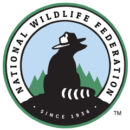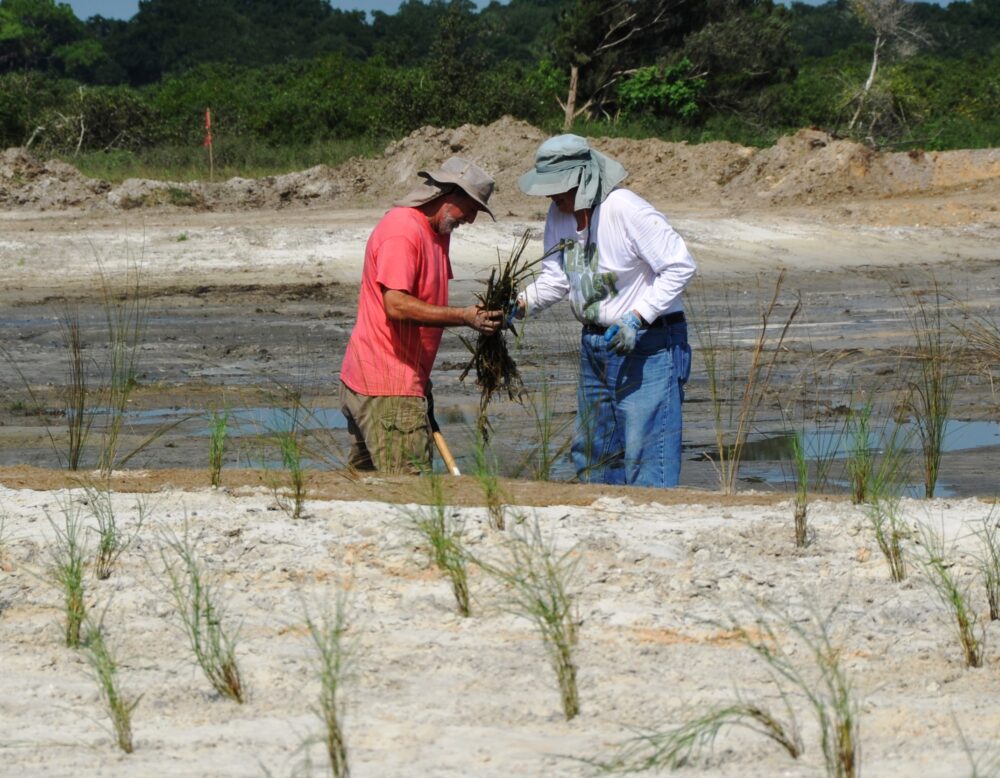We have much more to do and your continued support is needed now more than ever.
A Place for Wildlife to Live, Survive—and Thrive.

Every wild animal needs a place to live. But today, much wildlife habitat is under threat from human development and climate change, as well as fragmentation, which can interfere with natural migration.
In addition, some wildlife species are territorial, which can limit their population density. To find mates and reproduce, many species must travel long distances. It’s critical to maintain large undeveloped landscapes that allow for free movement, especially as climate impacts put more wild animals on the move.
Let’s look at some wildlife species and the pressures their habitats are facing, as well as the ways our donors are supporting science-based solutions led by our own Chief Scientist, Dr. Diane Pataki, to help wildlife survive and thrive.
We’ve even prepared a special quiz that you can take now to see how much you know about threats to habitats and migration—or read more first and try the quiz below.
Mule Deer
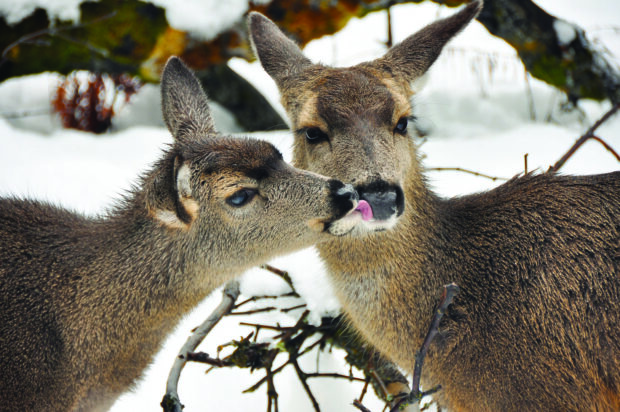
Mule deer are very picky eaters. Instead of eating huge amounts of grass as some other foragers do, they select the most nutritious parts of plants, including leaves, stems, and buds.
Their ability to find food is being affected by prolonged droughts caused by climate change, along with other human impacts on their habitat, which has resulted in mule deer declines.
The National Wildlife Federation assesses and documents threats to mule deer, including climate change and oil and gas development in their habitat. We’re also working to expand conflict-free habitat for wildlife and create more open migratory corridors for mule deer and other species.
Manatees

Manatees are marine mammals found along the Gulf and Atlantic coasts. In wintertime, when ocean temperatures drop, manatees seek refuge in warm waters, including natural springs that exist throughout Florida.
However, dams and other barriers can prevent manatees from accessing the warm waters they need, while water quality issues have caused high manatee mortality rates in recent years. Other threats to manatees include unpredictable water temperatures resulting from climate change, as well as deaths from boat strikes.
Today, the National Wildlife Federation is working to educate boaters, protect and restore natural manatee habitat, and improve water quality to save this beloved species. Our Gulf Program focuses on habitat restoration, coastal resilience, and improving the health of marine ecosystems—including vital winter and foraging habitats for manatees.
Canada Lynx
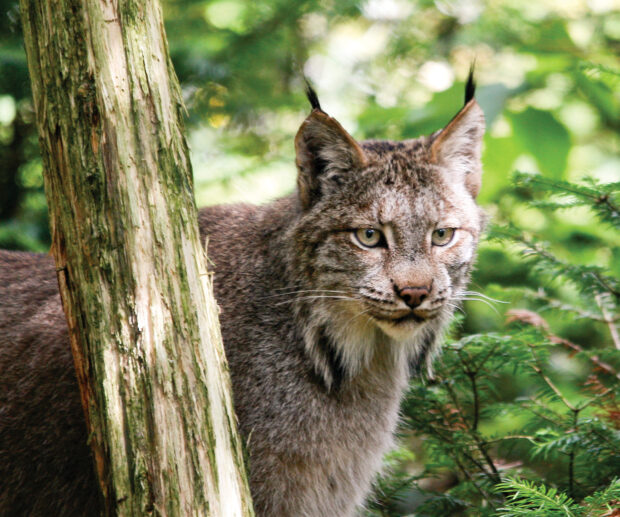
There was a time when you’d find the beautiful and elusive Canada lynx in many northern states. Today, outside of Alaska, there are only a handful of states with stable lynx populations.
As more old-growth forests are cut down, more lynx habitat is destroyed or disrupted. They are losing the habitats they need to unsustainable industrial logging and development! In addition, climate change is impacting snow cover, which is an important part of the landscape—both for lynx and their prey. As a result of these threats, they are now listed as threatened under the Endangered Species Act.
To combat the impacts of habitat fragmentation and climate change on imperiled species like the lynx, the National Wildlife Federation has teamed up with two dozen partners to maintain, enhance, and restore landscape connectivity for wildlife across the Northern Appalachian-Acadian ecoregion. We’re working to ensure that lynx have the ability to move where, when, and as far as needed—especially as climate change alters their habitat.
Pronghorn

Pronghorn are the fastest land animal in North America, able to run nearly 60 miles an hour. That’s more than twice as fast as the fastest humans.
Pronghorn also have the longest land migration in the continental United States. Herds of pronghorn migrate 150 miles each way between Wyoming’s Upper Green River Basin and Grand Teton National Park each year.
This lengthy trek is grueling and requires crossing private property and fences. Along the way, they may encounter highways, impassable fences, and development that can impede their progress. That’s why the National Wildlife Federation and its affiliates are working hard to open migratory corridors for pronghorn and other wildlife, reduce conflicts between animals and people, expand the use of wildlife-friendly fencing, and address climate impacts in their range.
Greater Sage-Grouse
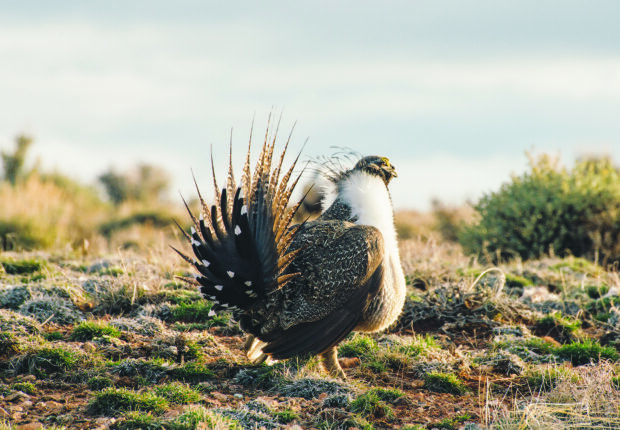
Watch the greater sage-grouse in mating season, and you’ll get to see one of the most romantic dances of the animal kingdom.
The males strut their stuff, fan out their spiked tail feathers, inflate their chests, and loudly coo and huff—all to attract a female. They’ve been doing it long before humans came on the scene. But threats such as oil and gas development and expanding agricultural development have shrunk sage-grouse habitat to half of its historic range and caused the bird’s numbers to decline by as much as 80 percent in the last six decades.
At the National Wildlife Federation, we’re pushing the government to protect more sage-grouse habitat in the West.
Sandhill Cranes

Sandhill cranes have long, thin legs and necks. One of their most distinctive features is the bright red patch you’ll see on their foreheads.
Some sandhill cranes are migratory, and the Platte River basin in Nebraska is a favorite rest stop on their way north. Each year in March, more than 500,000 cranes converge there—resting, eating, and mating—before they finish their migration to their breeding grounds.
It’s beautiful to see. But the numbers may be in decline. Today, two nonmigratory subspecies called the Mississippi sandhill crane and the Cuba sandhill crane are listed under the Endangered Species Act, affected by threats including habitat loss and development, while less predictable rainfall caused by climate change is altering wetlands.
Creating a sustainable future for these birds requires protecting their habitat and range, including the wetlands of the Platte River basin. It also requires creating and expanding more science-based climate change solutions! We’re advocating to defend the Migratory Bird Treaty Act, a critical law that helps protect sandhill cranes and other migratory birds.
North Atlantic Right Whales

It’s no surprise that an enormous animal like the North Atlantic right whale also has a large migration range—up to 1,000 miles!
Along the way, they encounter multiple urgent threats, including vessel strikes and entanglement in fishing gear. As a result, the North Atlantic right whale is now one of the most endangered mammals in the world, with a population of only a few hundred left.
Now climate change is making their situation even more dire. As the whales are forced to alter their migration patterns in search of food, they are more vulnerable to ship strikes and are less able to find food to support reproduction. It’s urgent that we continue to seek safe migratory channels for whales and create and expand climate solutions, including renewable energy.
To test your knowledge about wildlife habitats and migration, please take our quiz now!

